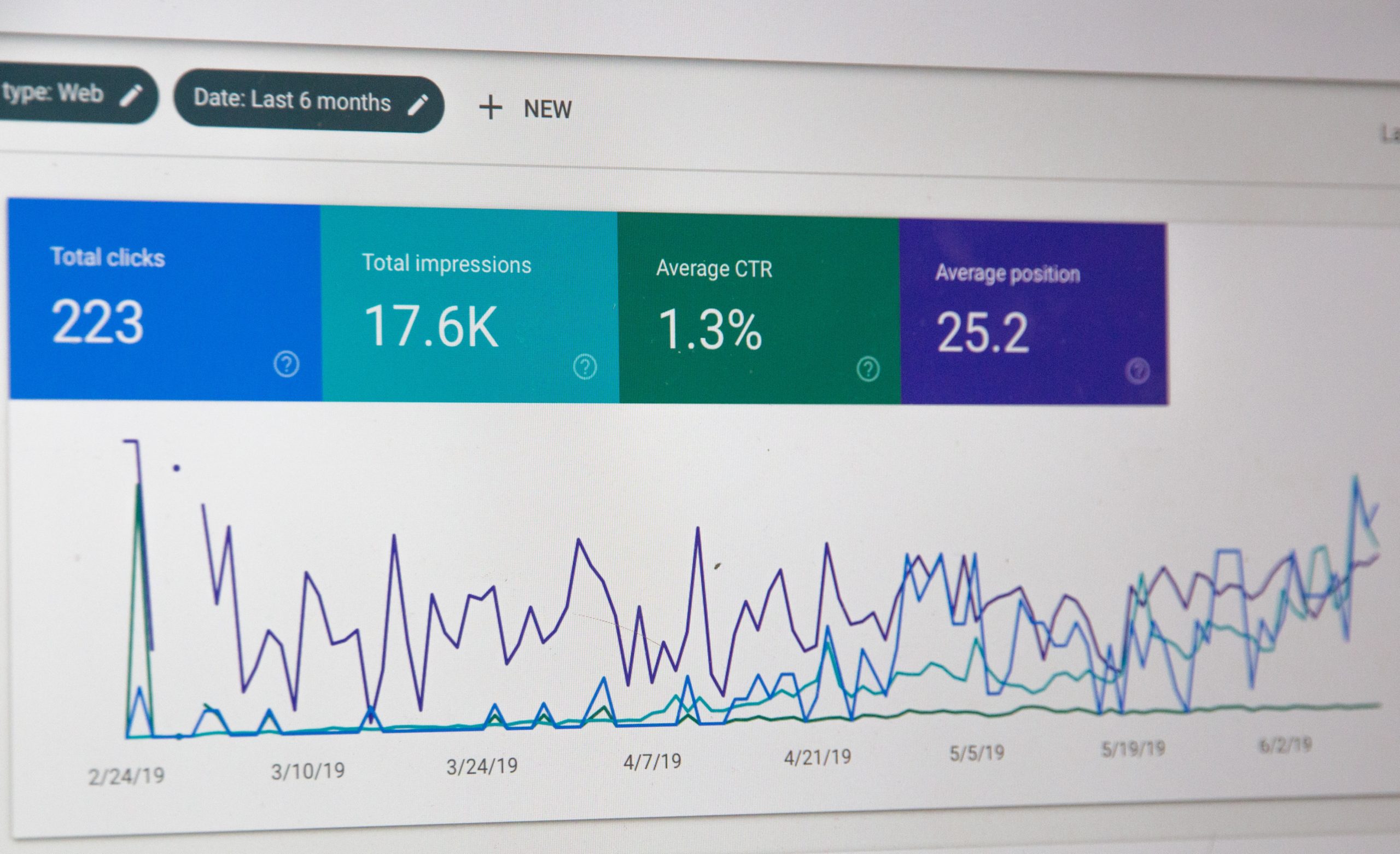When creating a website, designers prioritize an on-brand user interface which is both informative and great to look at. Not all site formats are made equal, however, and there are methods of making your pages more accessible for Google’s crawl algorithms. Here are some web design tips that also help on the SEO side of things.

Source: Unsplash
Think Inside The Box
As of the 2023 Helpful Content Update, Google’s crawlers have become better at recognizing a site’s UX layout and assigning it a ‘genre’ for the purpose of providing a snippet. It’s part of their mission to determine user search intentions, serving short-form content, videos, and long-form content to different users. A site with walls of text will be assigned as long-form content and show up for relevant blog or newsworthy search queries.
Meanwhile, a domain with less text but a lot of image-based content will be seen as the entertainment site that it is, specializing in image and video-sharing. With web design in mind, sites in iGaming are a great example that balance human and algorithmic clarity. When people play online slots for fun, the homepage of the website will be split into many different sub-categories displaying the site’s games, allowing visitors to window shop.
This doesn’t just help people find their way around. It establishes a natural and very wide hierarchical site structure that’s easy for Googlebot to understand on the backend. Then, when it comes to snippets and other fast-search features Google is introducing, the frontend structure of the site’s homepages makes it unmistakable as an online casino or a news outlet.
This is all to say – think inside the box. Just like humans, Google’s algorithms use pattern recognition to understand and categorize your content. If you run a video-sharing platform, it makes no sense to flood its pages with text that doesn’t prioritize the site’s real content. Recently after I purchased casino affiliate website for sale, I Started by checking out your competitors, which is easier than ever online, and take note of commonalities between their site structures. Be like them, but better.
Keep Your Website Fast
When it comes to user experience, SEOs tend to focus on what the site looks like and how it feels to navigate. Before you get that far, you should optimise for load speed. This is a simple thing that we know factors into Google’s ranking algorithms, so sites that load slower will get punished in results pages. Even worse, the bounce rate on pages that take just a few seconds to load are staggeringly high.
According to Google’s own numbers on page speed, bounce probability increases 32% between one to three seconds of load time. Stretch that out to five seconds and you get a damaging 90%. Look up PageSpeed Insights, a free Google tool, and get your site ranked for its speed. The optimal load speed is within two seconds, though hardcore SEOs want it as fast as possible. Google’s own sites aim for a half-a-second, for example.
From here, the solutions will vary. Your hosting should be the best but also cost-efficient – remember that cheap hosting can come at the cost of speed. Meanwhile, images should be compressed, limiting page redirects, and using a cache plugin on-site and on-browser.
Prepare For Mobile SEO
More and more, users search using their smartphones. This is why there has been a mobile accessibility gold rush over the last few years, as businesses figured out that the best way to get to potential fans and customers isn’t through the desktop. This also relates to our first two principles since sites need to have an alternate, mobile-friendly layout and when it comes to page speed, mobile users are the most unforgiving.

Source: Pexels
Handheld search seems to be the future, so save yourself time by considering it now. Spend time building your site with mobile in mind, including changing fonts and colors where needed and making it navigable with one hand. Often, this will involve creating a whole separate URL for mobile requests.


Leave a Reply